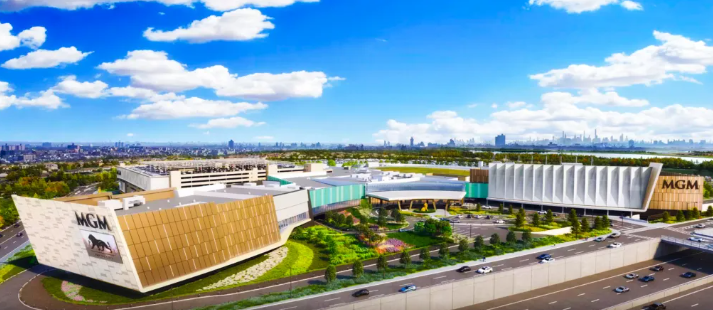Resorts World and Yonkers Casino Plans Move Forward in License Race
Two major casino proposals in the New York City area have advanced in the competition for new state gaming licenses: Resorts World in Southeast Queens and MGM Empire City in Yonkers. Both projects received unanimous approval from their respective community advisory committees and will now be reviewed by the state Gaming Facility Location Board, which plans to issue new licenses by the end of 2025.
Resorts World (Queens):
● Proposed by the Malaysia-based Genting Group.
● $5.5 billion project spanning 5.6 million square feet.
● Plans include 6,000 slot machines, 800 gaming tables, 2,000 hotel rooms, 7,000 parking spaces, and over a dozen acres of community green space.
● Supported by Queens Borough President Donovan Richards and the Adams administration, with emphasis on job creation and potential housing development.
● Competing Queens proposal by Steve Cohen and Hard Rock International near Citi Field is awaiting a committee vote.

MGM Empire City (Yonkers):
● $2.3 billion, 863,500-square-foot project expanding the existing racino into a full casino.
● Expected to begin operations in 2027, with full completion by 2029.
● Will preserve horse racing, create around 2,000 permanent jobs, fund flood prevention and police resources, and allocate 80% of tax revenue to the New York State Education Fund.
● Supported by local officials as a significant economic and educational benefit to the region.
The Bigger Picture
Both proposals aim to transform existing racinos into full-scale casinos, offering a simpler development path compared with other proposed sites in Manhattan and Coney Island, many of which have been rejected. Final licensing decisions will follow supplemental applications and review by the state board.
Our View
The advancement of Resorts World and MGM Empire City in the state licensing process marks a pivotal moment for New York’s gaming landscape. Unlike more speculative proposals, these projects build on long-standing facilities with existing infrastructure, community familiarity, and operational track records — factors that lower execution risk and accelerate timelines. For local economies, the benefits are clear: job creation, tax revenue, and the revitalization of underutilized sites. But as with all large-scale developments, questions remain around neighborhood impacts, housing opportunities, and long-term sustainability. For investors, these projects highlight two key trends: (1) New York’s willingness to unlock high-barrier-to-entry markets, and (2) the growing convergence of entertainment, hospitality, and real estate as integrated investment platforms. The scale of these proposals — particularly Resorts World’s $5.5 billion expansion — underscores just how 5 transformative gaming could be as part of NYC’s broader development narrative. At Landair, we’re watching these projects closely. Whether in gaming, hospitality, or adjacent asset classes, they reinforce the importance of location, community alignment, and a long-term view when assessing urban investment opportunities.
This article is adapted from reporting by THE CITY on New York’s casino licensing process.


